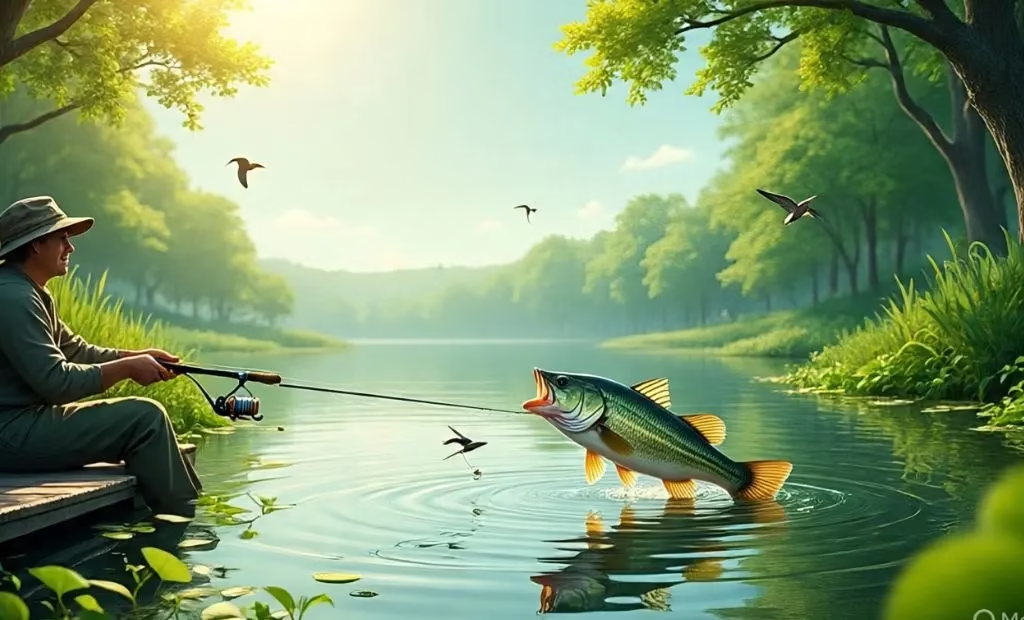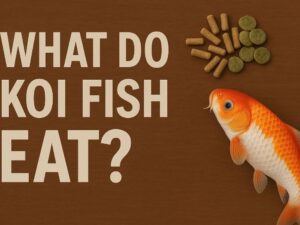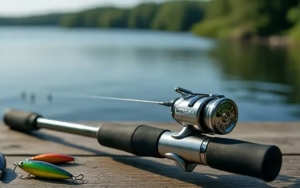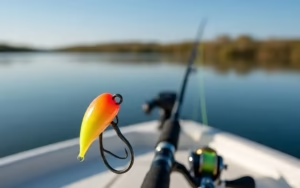Instructions of Bass Fishing
Many people in the US are united by their fervour for bass fishing, they way of simply a spending time. Some people view it as a way of life that includes ongoing education and competitive competitions. Others use it as get away the stress of regular life, enjoying the of the benefits of water and the excitement of a heavy bite.
Bass fishing is fundamentally about knowing the fish. You can significantly increase your chances of catching larger and more frequent bass by understanding about their behavior, seasonal cycles, and preferred habitats. Anyone may become a successful bass angler with the correct information.
The Best Times to Catch Bass
Bass fishing success can be greatly impacted by timing, even though many individuals fish whenever their schedules permit. Knowing these patterns will help you increase your chances of catching bass because they are more active during specific periods of the day and year. Bass have an edge when hunting in the early morning and late evening because to the low light levels at sunrise and sunset.
They feed extensively during this time, frequently pursuing baitfish in schools.Night fishing is a good alternative during the warm summer months since bass activity increases after dark.Bass are quite active throughout the prespawn and spawning seasons in the spring and early summer.
Where to Go Bass Fishing
Accessibility is the best thing about bass fishing in the United States. One of the most common species, largemouth bass can be found nationwide in ponds, lakes, reservoirs, rivers, and streams. Bass can be found practically anywhere there is feed and suitable water conditions.
Important Habitats for Bass
For hiding and feeding, bass need shelter and structure. Among the top locations are:
Weed lines, lily pads, and grass beds
Stumps, laydowns, and submerged wood
Seawalls, bridges, and docks
Riprap, ledges, and rock piles
Current is another important component. Bass frequently hide behind objects or in eddies in rivers and reservoirs so they can ambush victims. You can anticipate where they’ll be hiding by understanding how water flow influences their motions.When bank fishing, concentrate on shallow waters in the spring and fall and deeper waters in the summer and winter. Another great spot to target from shore is pinch points, which are tiny channels or “funnels” that feed into spawning flats.
Top Methods for Bass Fishing
Although there are many different ways to catch bass, the following few tried-and-true methods will work in most situations:
1. Wood Cover Spinnerbaits
One of the simplest and most adaptable lures is a spinnerbait. Just cast and retrieve, varying your speed to account for depth. Its vibration makes it particularly effective around wood or in stained water.
2. Fishing Frogs in Thick Vegetation
Witnessing a bass exploding on a topwater frog is one of the most memorable bass fishing experiences. Work the frog through matted vegetation using a sturdy rod and braided line. believable the bass has full drink the bait by pausing before setting the hook.
3. Shaky Heads and Ned Rigs in Clear Water
Presentations of finesse shine when bass are hesitant. In clear conditions, light rigs with tiny plastic worms are very effective. Let the subtle action do the talking, cast long, and move slowly.
4. Suspended Fish Drop Shotting
In deep, clear reservoirs or pressured lakes, the drop shot rig is lethal. It enables you to precisely control your bait in close proximity to structures or suspended fish. Be patient and make small movements.
5. Covered Texas-Rigged Plastics
It is crucial to learn the Texas rig. It eliminates weeds from worms, craws, and creature baits, allowing you to fish dense cover without encountering obstacles all the time.
Top Attractions for Bass Fishing
Despite the vast array of options available, a few standard bass lures are always effective:
Worms, craws, and creature baits for every situation are examples of Texas-rigged soft plastics.
Spinnerbaits: Excellent around cover and in murky water.
Topwater lures: For exciting surface strikes, try frogs, buzzbaits, poppers, and walking baits.
Crankbaits: Divers operating at shallow, mid-, and deep depths efficiently cover various zones.
In both warm and cold water, jerkbaits are ideal for reaction bites.
Swimbaits: Swimbaits capture bass of all sizes, ranging from tiny finesse models to large trophy hunters.
Jigs: Adaptable all year long, particularly useful with craw trailers.
Bladed jigs, also known as chatterbaits, are excellent in both clear and stained water and produce powerful vibrations.
Crucial Equipment for Bass Fishing
Process the bass fishing activities that difference between failure and successful.
Rods: A heavy benefits rod explores control and sensitivity. choose normal-light for agility, medium-large for ability and heavy for back and useful.
Reels: Accurate casting and steady retrieves are guaranteed by a smooth reel with the proper gear ratio. While spinning reels are excellent for delicate techniques, baitcasters are best for heavy lures.
Fishing Line: Monofilament for topwater presentations, fluorocarbon for clear water, and braid for dense cover. Every line type serves a specific function.
Mobility and Bass Fishing Boats
Although bank fishing yields good results, owning a boat gives you more flexibility and reach.For small lakes and rivers, Jon Boats are dependable and at normal prices. Bass boats made of fiberglass and aluminum provide serious anglers with speed, storage, and cutting-edge technology. Fishing kayaks are very famous because they are responsible for access to areas that larger boats don’t find.Being mobile makes it easier to find bass and cover water.
How to Locate Bass fishing
Throwing bass is very hard than getting them to sites. Because they know where bass will be all year long, good angles are powerful.
Bass will follow the bait wherever there is food. Keep an eye out for crawfish activity, minnows, or schools of shad.
Organize different trends:
Bass migrate shallow to spawn in the spring.
In the summer, they move in fresh and clean water.
Fall: after that the winter arrives, then come back shallow to feed.
Winter: They remain in stable, deep zones.
Seek out transitions: Bass ambush prey in hotspots where shallow flats meet deeper channels or where the rock changes.
In conclusion
Bass fishing is a good activity that provides countless chances for grow up and learning. You can significantly increase your success rate by becoming proficient in the fundamentals of timing, location, lures, and seasonal patterns. The happiness of catched the big mouth never gets old, if you are fishing from a kayak, a bank, or a heavy bass fishing.dependency on this bass ; keep practicing, try out different types of methods, and observe the bass fishing. As time goes on, you’ll not only catch more bass but also take pleasure in the activity that makes bass fishing a popular hobby in America.




